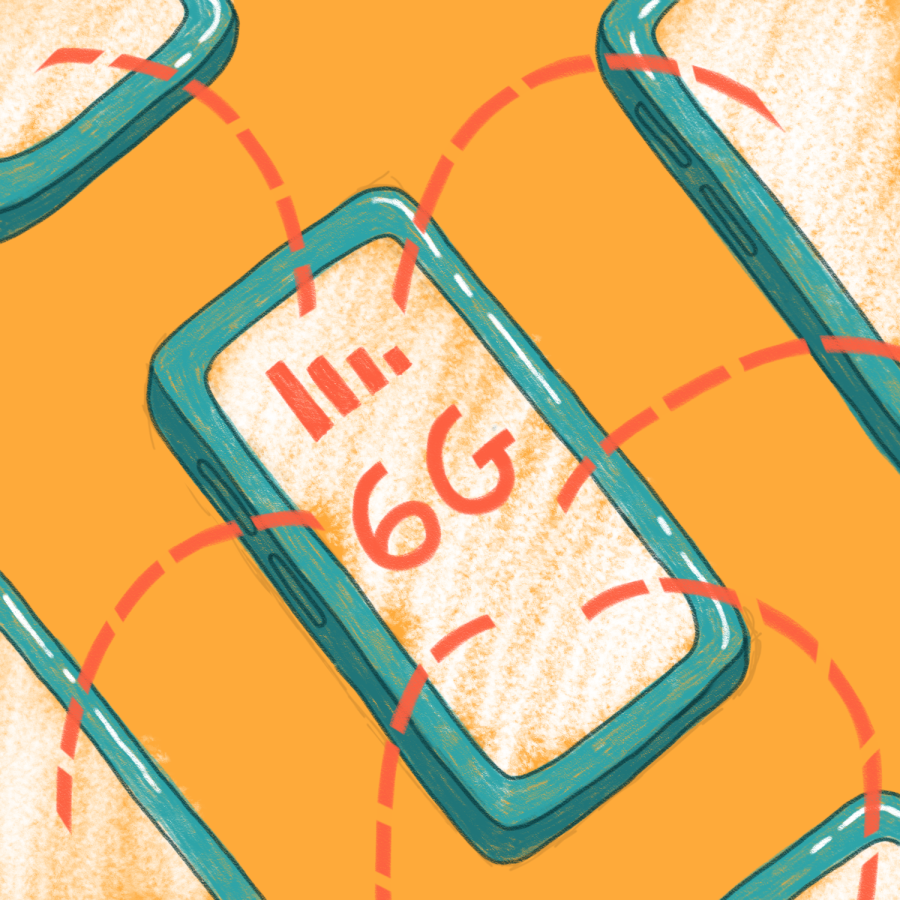UT-Austin researchers develop faster, more energy-efficient components for 6G networks
June 23, 2022
An international team led by UT researchers created a key component for the next generation of wireless communication — sixth-generation network applications — that will allow for faster and more energy-efficient communication.
“The difference between 5G and 6G is their capability (of) high-speed operations or high-speed data transmission,” said Myungsoo Kim, a former UT researcher and author of the recently published study.
The team developed a new radio frequency mechanism — called switches — which allows devices to connect between networks and receive data 16 to 20 times faster than when using 5G. These switches are small pieces of technology that can be inserted within a device to bring it to 6G capabilities.
Last year, a group of scientists established the research center 6G@UT to begin looking at gaps in current research and meet the tech demand for 6G by 2030, said Deji Akinwande, an electrical and computer engineering professor.
“We already developed switches for 5G, so we just improved the performance dramatically in order to get them to work for 6G,” Akinwande said. “Specifically, the switches’ physical components, so they can operate and toggle at the speed of 100 gigabytes per second.”
Higher switching speeds on 6G networks will allow for instant communications through augmented and virtual reality. By the next decade, 6G may allow phones to translate different languages in real time, Akinwande said. To successfully run, these switches must have virtually no delays when connecting to other devices or receiving data.
“The consumption of electronics is growing exponentially,” Akinwande said. “It’s going to exceed all other industries in the next 10 or 20 years. The switches we’re developing exactly meet that need in terms of the most energy-efficient switches using these communication systems.”
These switches are made with molybdenum disulfide, or MoS2, which uses less energy to operate, allowing for faster connections and longer battery life.
“Switches today consume a lot of power so that your battery dies out very quickly,” Akinwande said. “The 6G switches we developed don’t consume any power when they’re idle. They only consume power when they’re actively switching between, say, a Bluetooth connection or Wi-Fi connection. They are 100 or 1000 times more energy-efficient, and (the) battery can last longer in these advanced networks.”
Although 6G won’t be deployed until about 2030, researchers are already taking the next steps to develop its foundation.
“These devices still have many drawbacks,” Kim said. “We just made a really simple device. … (Next we’ll) integrate these devices into the circuit level.”











